5 Enchanting Villages to Visit in Paros
Picturesque villages to visit in Paros
Paros Island, located in the heart of the Cyclades in Greece, is an unspoiled paradise waiting to be discovered. Known for its beautiful beaches, crystal-clear waters, whitewashed buildings, and vibrant cultural traditions, this island is an ideal destination for anyone seeking a blend of relaxation, history, and adventure. If you are planning a trip to Paros and want to add some authentic Greek flavor to your itinerary, then be sure to explore the island's enchanting villages.
A Brief Introduction to Paros
Before we dive into the villages themselves, let's take a brief look at what Paros Island has to offer. Paros is a small island in the Aegean Sea, measuring just 165 square kilometers. Its population is around 13,000, with the majority living in the island's capital city, Parikia. Paros is famous for its white marble, which has been used in countless works of art throughout history. It's also beloved by windsurfers, sailors, hikers, and nature lovers.
While Parikia is a must-see on any trip to Paros, the island's real magic lies in its charming villages. These villages are less crowded, full of history, and packed with local flavor. Explore the winding streets, chat with the friendly locals, and soak up all of the natural beauty of Paros.
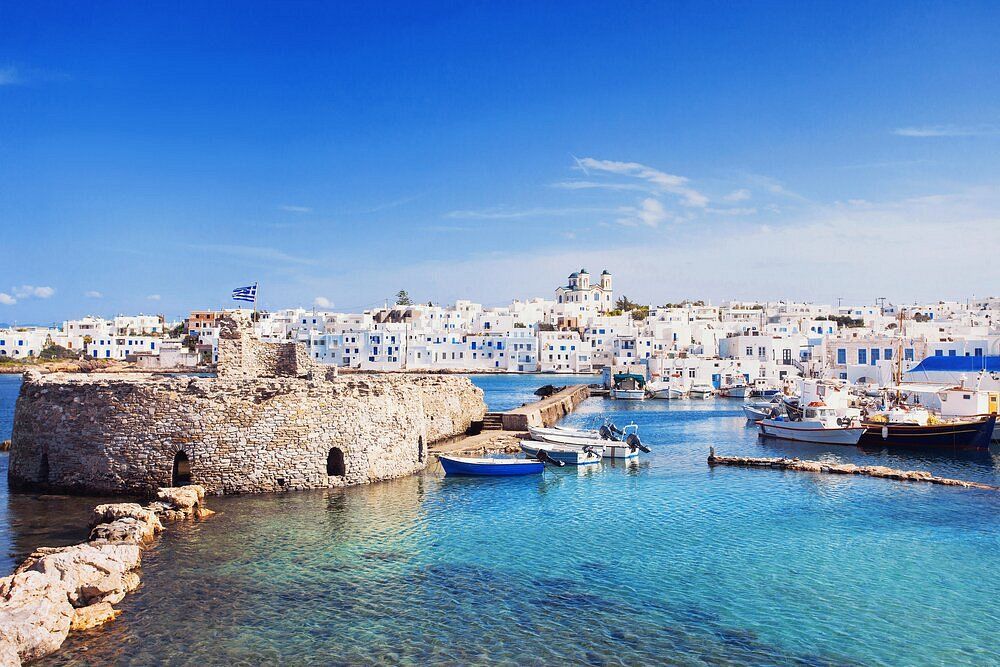
Parikia: The Island's Capital
Parikia is the island's capital and largest town. This bustling village is full of life, with a mix of traditional whitewashed houses, thriving shops, cafes, and restaurants. While it's busier than other villages, Parikia's rich history and cosmopolitan atmosphere make it a must-visit destination.

Panagia Ekatontapiliani Church
The Panagia Ekatontapiliani Church is the jewel of Parikia and one of Greece's most significant early Christian monuments. This impressive church dates back to the 4th century AD, and it's said to be the oldest church in Greece. The name Ekatontapiliani means "the church with the hundred doors," referring to the numerous interior passageways and corridors. The church is a masterpiece of Byzantine architecture, featuring intricate marble sculptures and beautiful mosaics.
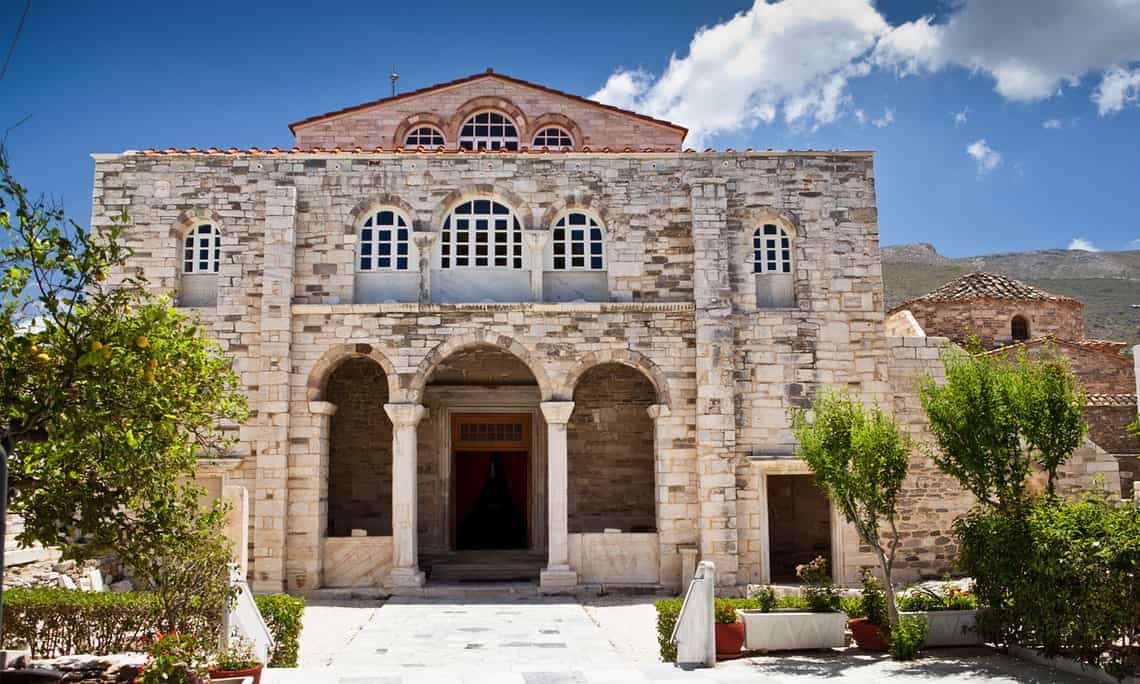
The Archaeological Museum
The Archaeological Museum of Paros houses a rich collection of artifacts from various periods of the island's history. From ancient sculptures and pottery to stunning frescoes and mosaics, the museum provides visitors with an overview of Paros' fascinating history. The museum features items from the Neolithic era, Geometric, Hellenistic, and Roman periods, to name just a few.
Lefkes: A Picturesque Mountain Village
Lefkes is a picturesque mountain village located in the heart of Paros. This beautiful village is built on the highest altitude of Paros, making it an ideal spot for hiking and taking in spectacular views of the Aegean Sea. Hike along the oldest road of Paros, the Byzantine Road trail, as you take in the beautiful greenery that surrounds you.
One of the best ways to explore Lefkes is by foot. The village is small enough to walk around and the narrow streets and alleyways are filled with charming cafes, restaurants, and shops selling locally made handicrafts. As you stroll through the village, you'll notice the traditional architecture that's unique to Lefkes. The stone houses are built close together, creating a cozy and intimate atmosphere.
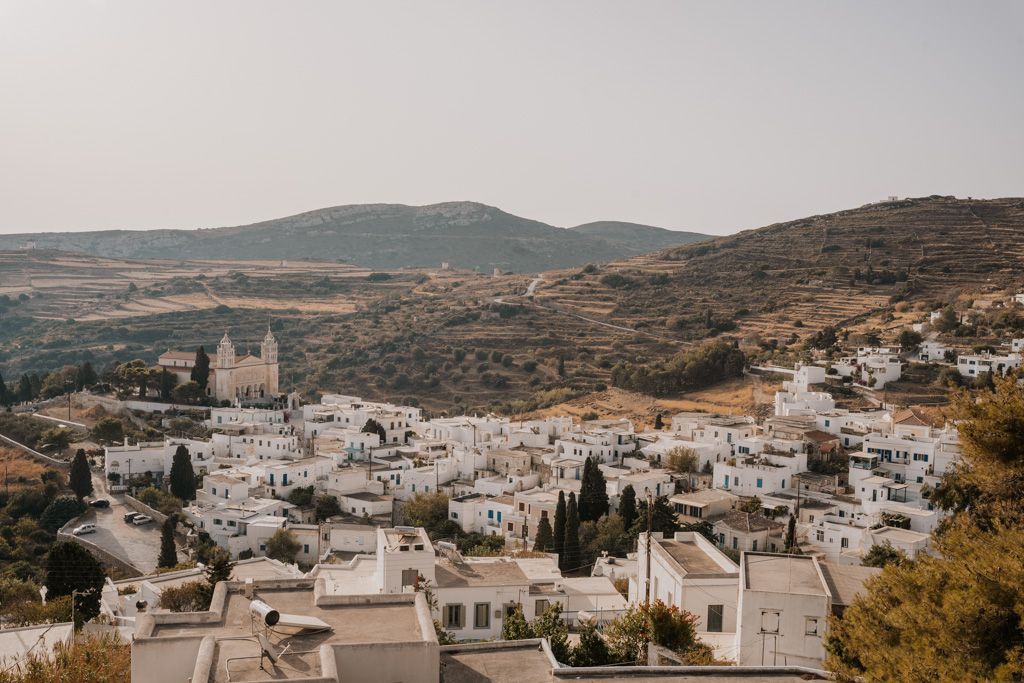
The Church of Agia Triada
The Church of Agia Triada is the definitive landmark of Lefkes village. Featuring striking architecture and incredible views, the church is a must-visit for anyone traveling to Paros. The church is located at the highest point of the village, and the climb up the steps to the entrance is well worth it for the stunning views of the surrounding landscape.
Inside the church, you'll find beautiful frescoes and intricate wood carvings. The church is dedicated to the Holy Trinity and was built in the 19th century. It's easy to see why many people consider it one of the most beautiful churches in Greece.
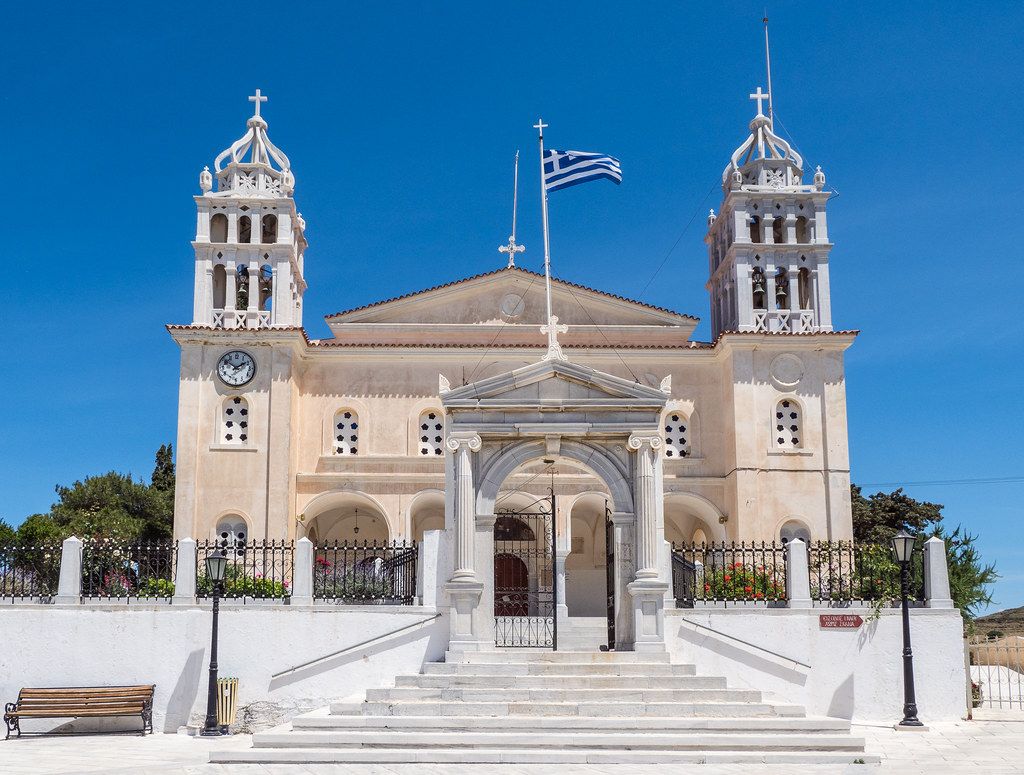
The Village's Traditional Architecture
The village's traditional architecture features narrow streets and stone houses, with a mix of white and brightly painted buildings. The architecture style of Lefkes is unique among all the Cycladic villages, as most other settlements tend to be predominantly whitewashed. The stone houses are built close together, creating a maze-like network of streets and alleyways. As you wander through the village, you'll notice the intricate details of the buildings, such as the wooden shutters and doors, and the colorful flowers and plants that adorn the balconies and courtyards.
One of the most interesting features of the village's architecture is the windmills. Lefkes is home to several windmills that were used to grind wheat and other grains. Today, many of the windmills have been converted into homes or restaurants, but they still retain their original charm and character.
Naoussa: A Bustling Fishing Village
Naoussa is a bustling fishing village that boasts a Venetian fortress and a picturesque waterfront lined with fish tavernas and boats bobbing in the harbor. This charming village is a popular tourist destination but still manages to maintain its authentic charm and warm local atmosphere. From restaurants and cafes to nightclubs and boutiques, Naoussa has something for everyone.
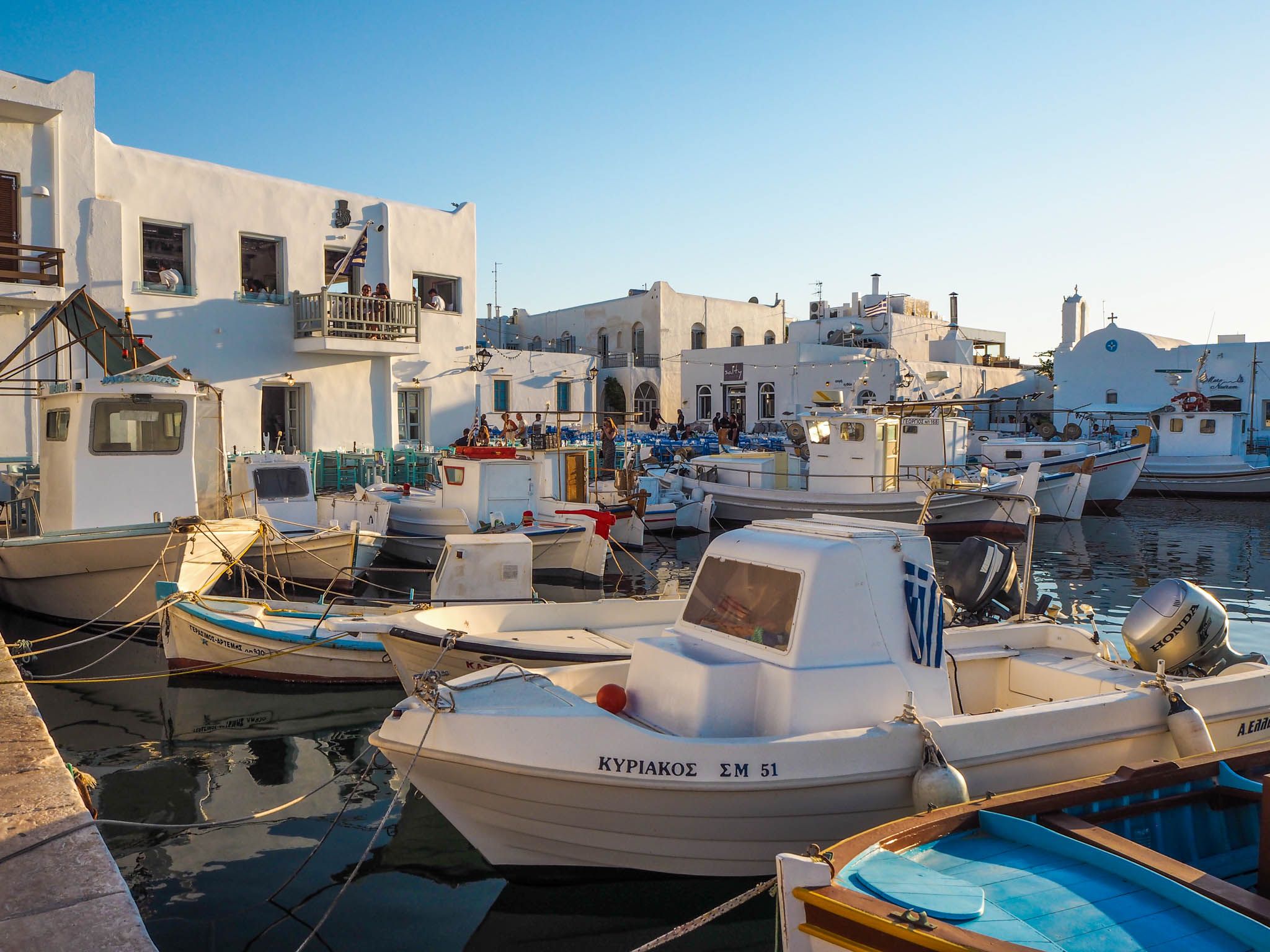
The Venetian Fortress
The Venetian Fortress is one of the main attractions in Naoussa, with a history dating back to the 15th century. This imposing fortress was built by the Venetians to protect the harbor from pirates and invaders. Today, it offers breathtaking views of the village and the Aegean Sea. Many visitors choose to climb to the top of the fortress for a panoramic view of the picturesque landscape.

Local Seafood Delights
Naoussa is famous for its fish tavernas, which serve fresh seafood straight from the local fishing boats. Try a traditional Greek meal in one of the many tavernas lining the waterfront, and wash it down with a refreshing glass of ouzo or raki.
Marpissa: A Village Steeped in History
Marpissa is a charming village located on the southern side of the island. This village is characterized by its gorgeous white houses, narrow streets, and fascinating history. It's widely regarded as one of the most picturesque villages in Paros, dotted with windmills and fantastic views of the sea.
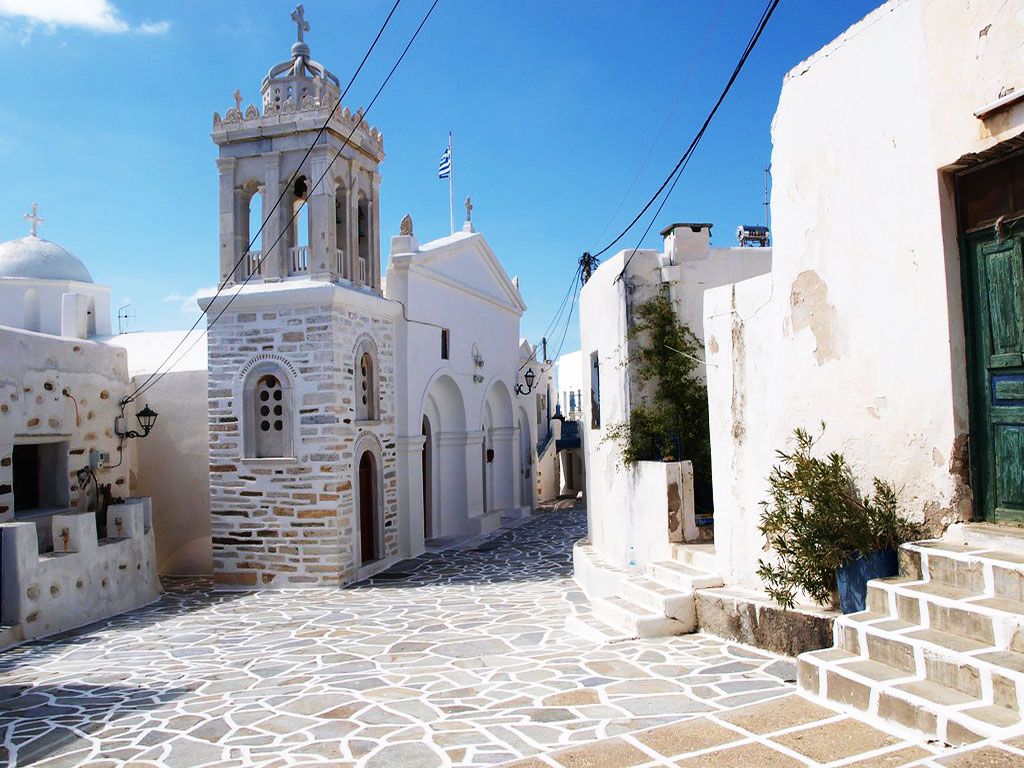
The Monastery of Agios Antonios
The Monastery of Agios Antonios is the village's most notable landmark, featuring impressive Gothic architecture. This historic structure dates back to the 15th century, and it's home to numerous frescoes and icons. The monastery also boasts breathtaking views of the island's coastline and the neighboring island of Naxos.
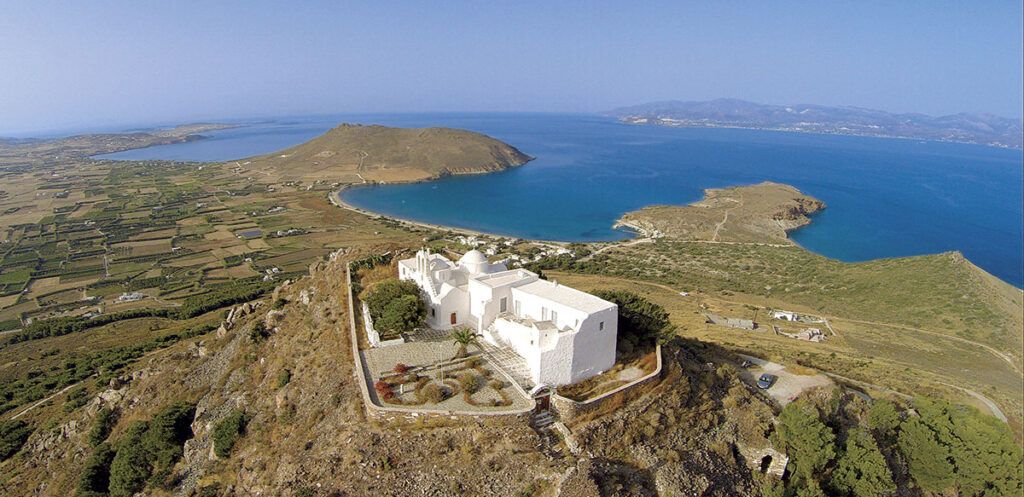
The Sculpture Museum
The Nikos Perantinos Sculpture Museum is a small museum in Marpissa dedicated to the famous Greek sculptor, Nikos Pernatinos. Here, you can find replicas of his artwork that currently adorn large and public spaces around the world. You will also be able to discover more about the process of the creation of these masterpieces.
Piso Livadi: A Charming Coastal Village
Piso Livadi is a charming coastal village located on the southeastern coast of Paros. This picturesque village boasts a beautiful port, small beaches, and stunning sea views. Piso Livadi is the perfect place to relax and take in the natural beauty of Paros Island.
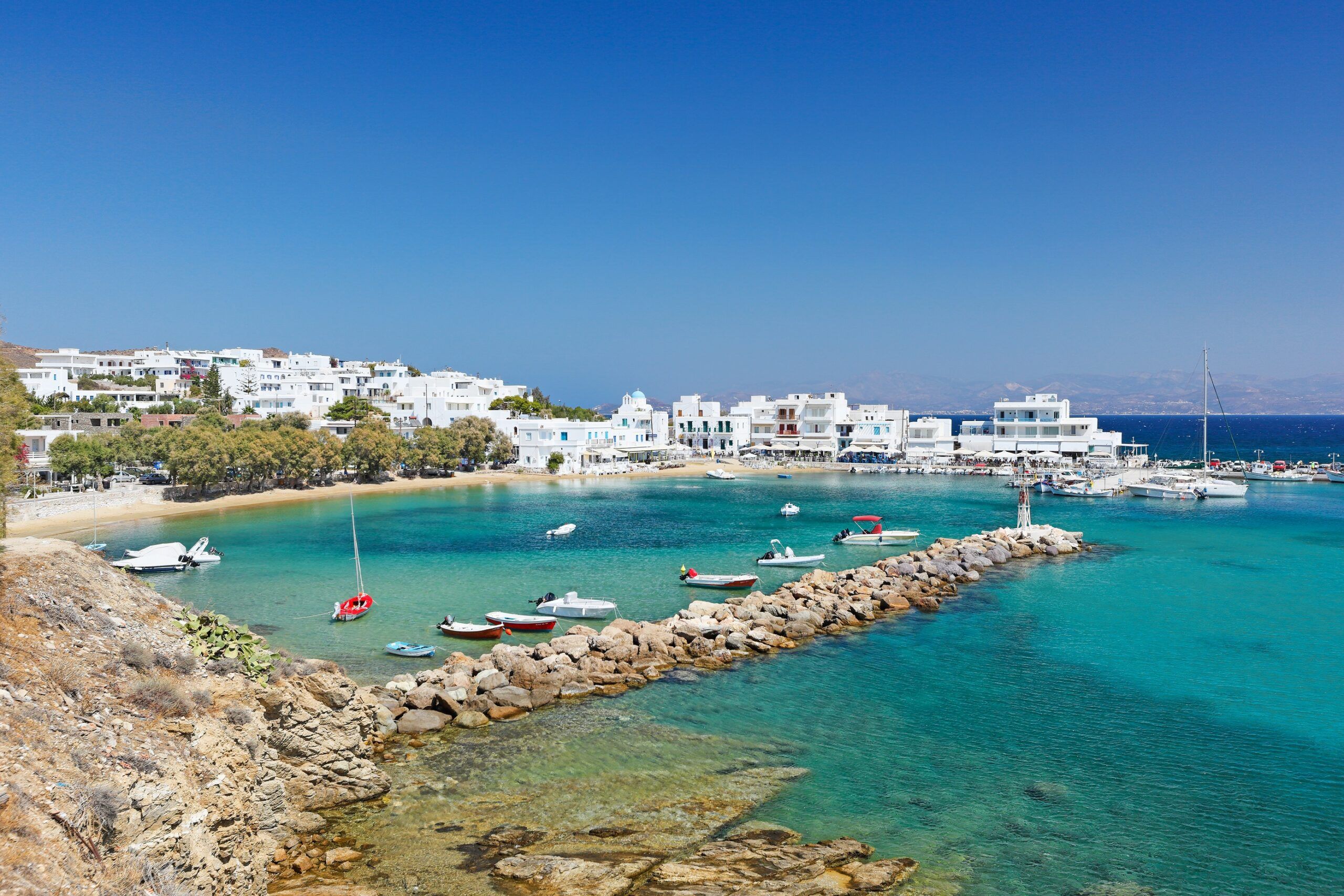
The Port and its Restaurants
Piso Livadi's port is bustling with activity, with fishing boats and yachts docking and departing throughout the day. The harbor is lined with seafood restaurants and cafes, making it the perfect spot to sample local delicacies. Seafood lovers should not miss the chance to try some of the fresh fish dishes on offer.
Golden Beach
Golden Beach is one of the most famous beaches on Paros Island. This amazing beach is a surfer's paradise, with its crystal-clear waters and strong winds providing the perfect conditions for windsurfing and kiteboarding. For those not interested in watersports, Golden Beach is still the perfect spot to relax and soak up some sun.

Bonus: Antiparos
Antiparos isn't a village in Paros — but if you are already visiting Paros, be sure to also include a trip to Antiparos! Just a stone's throw away from Paros, Antiparos, its smaller sister island, is an unspoiled paradise that is less touristy, and much more tranquil. From Paros, you can very easily hop onto the ferry to get to Antiparos.
Stepping off the ferry onto Antiparos, you are immediately welcomed by the Chora, the main town on the island. The charming town is a perfect snapshot of traditional Greek island life, with its narrow, winding cobblestone streets lined with whitewashed houses adorned with blooming bougainvillea.
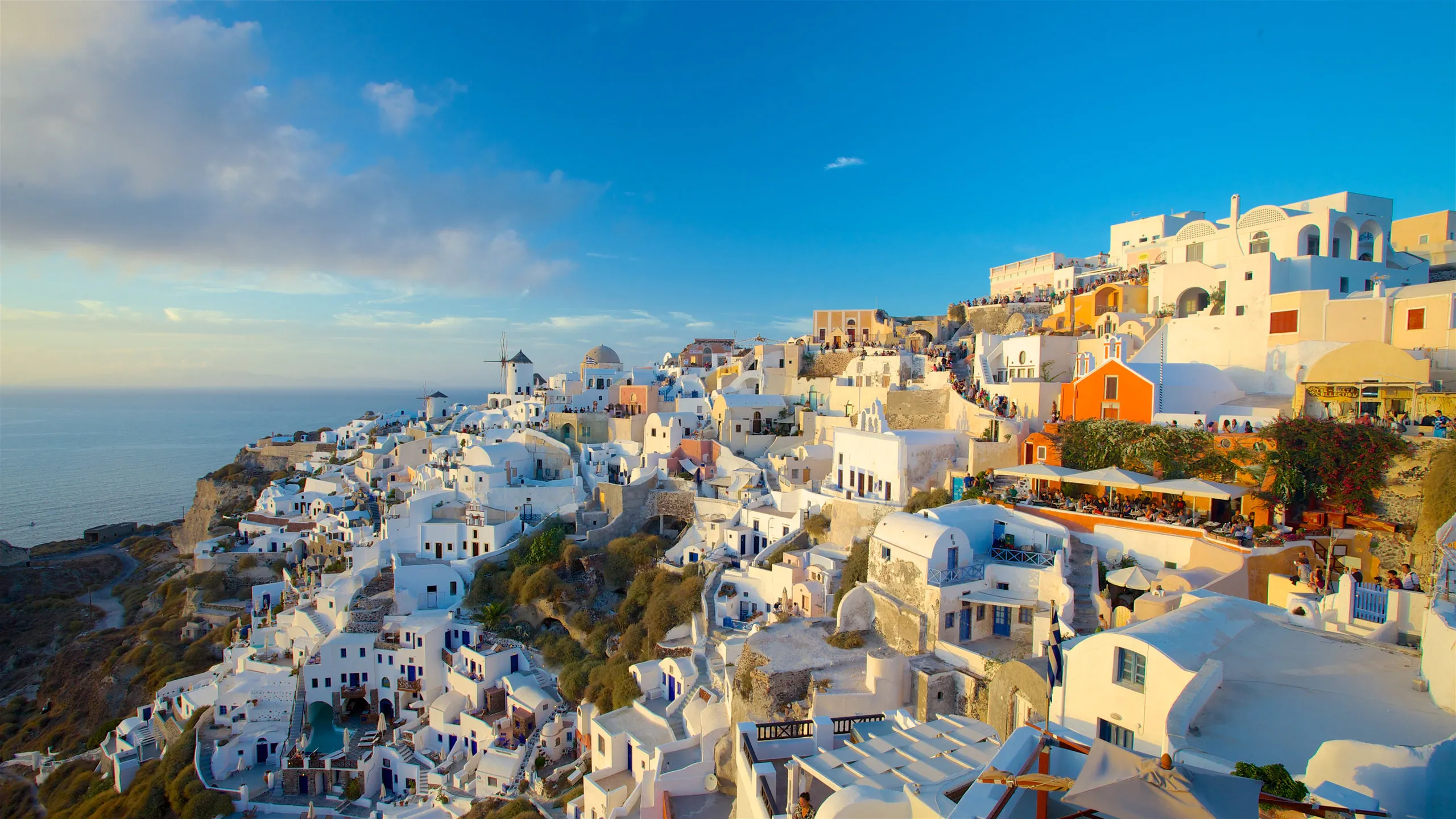
Moving beyond the Chora, the island's landscape transforms into a blend of beautiful sandy beaches, crystal-clear turquoise waters, and gently rolling hills. The beaches on Antiparos are a major draw, and rightfully so. Whether it's the family-friendly Psaraliki, the tranquil Sifneikos with its stunning sunsets, or the picturesque Soros, each beach offers a unique experience for sun-seekers and water sports enthusiasts.
For history and archaeology buffs, Antiparos doesn't disappoint. The most famous site on the island is the Cave of Antiparos. Located on Agios Ioannis Hill, it is one of the most beautiful and mysterious caves in the world, adorned with impressive stalactites and stalagmites. It is shrouded in myth and history, with inscriptions dating back to the Neolithic period.
